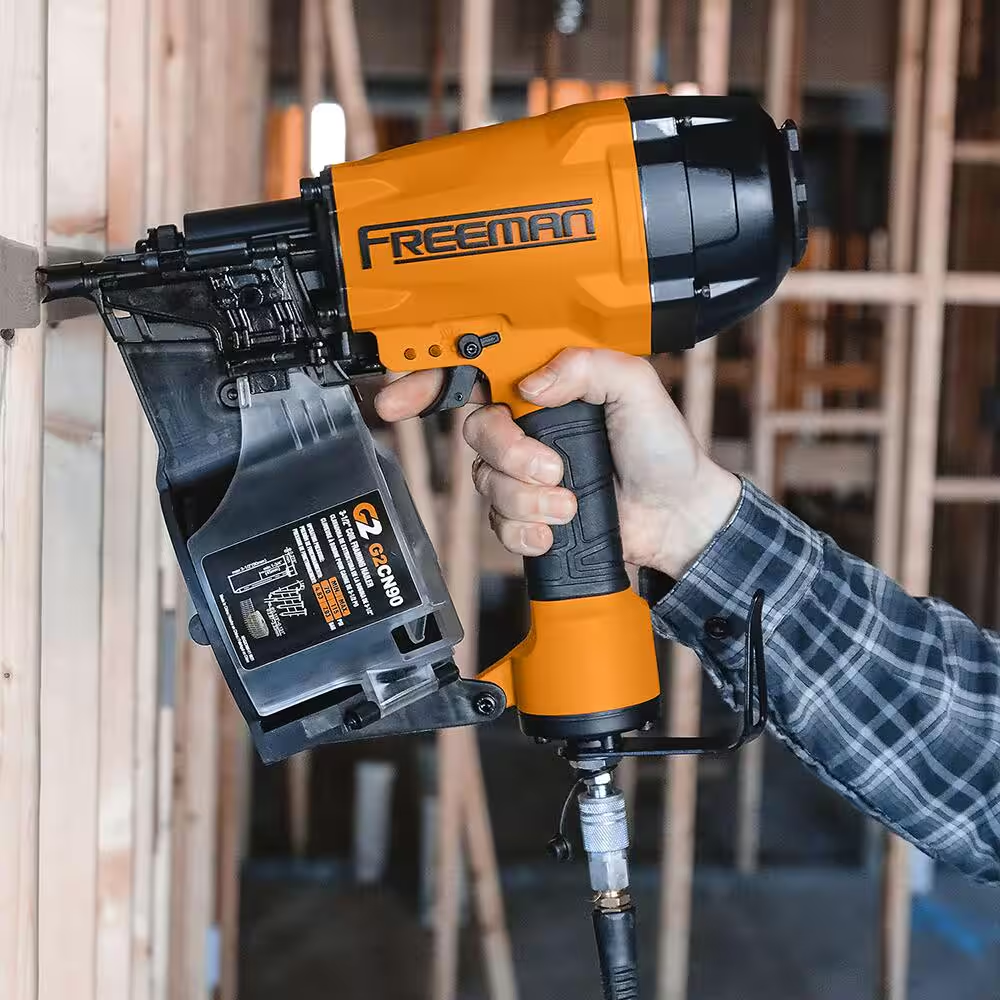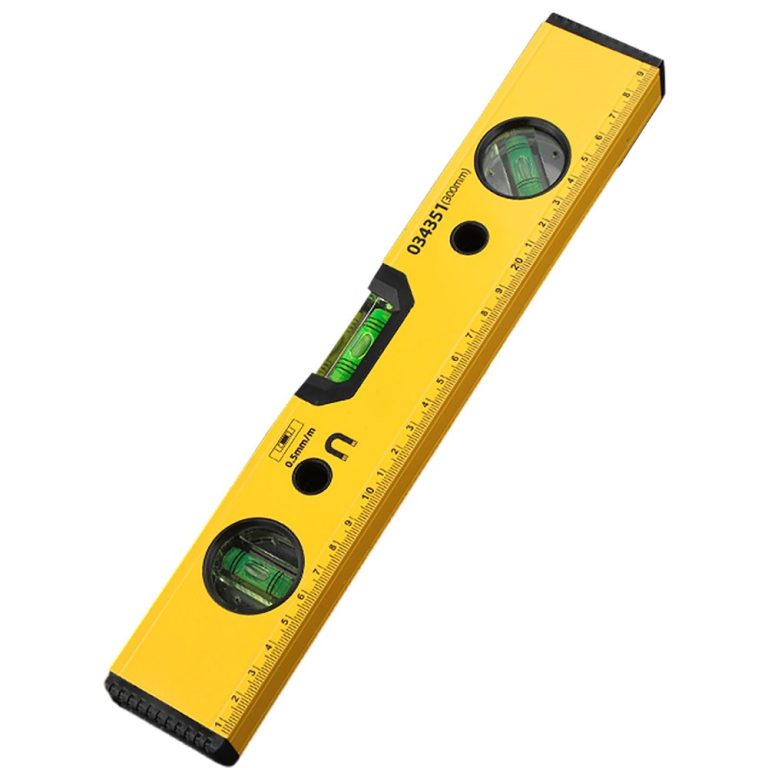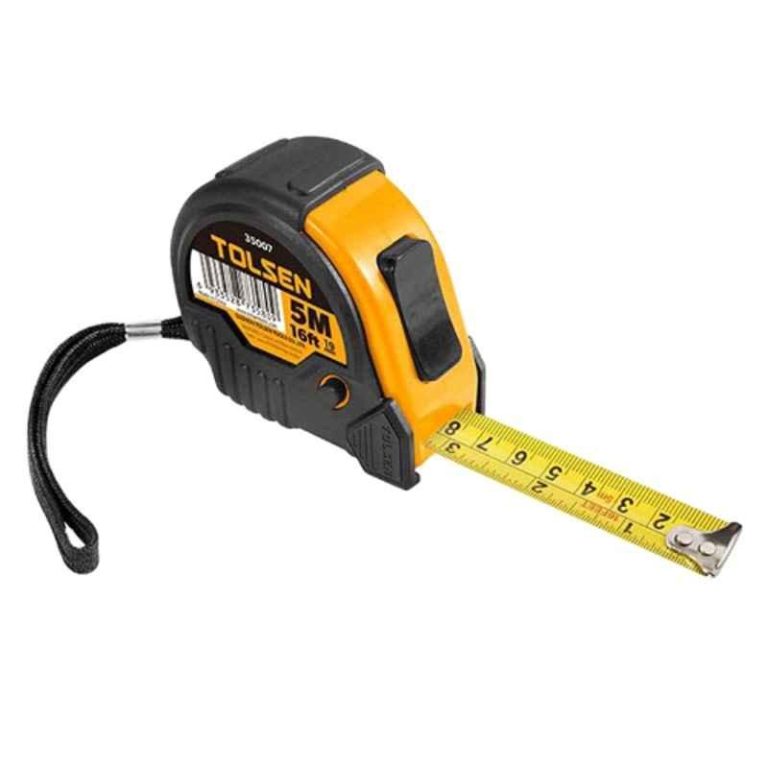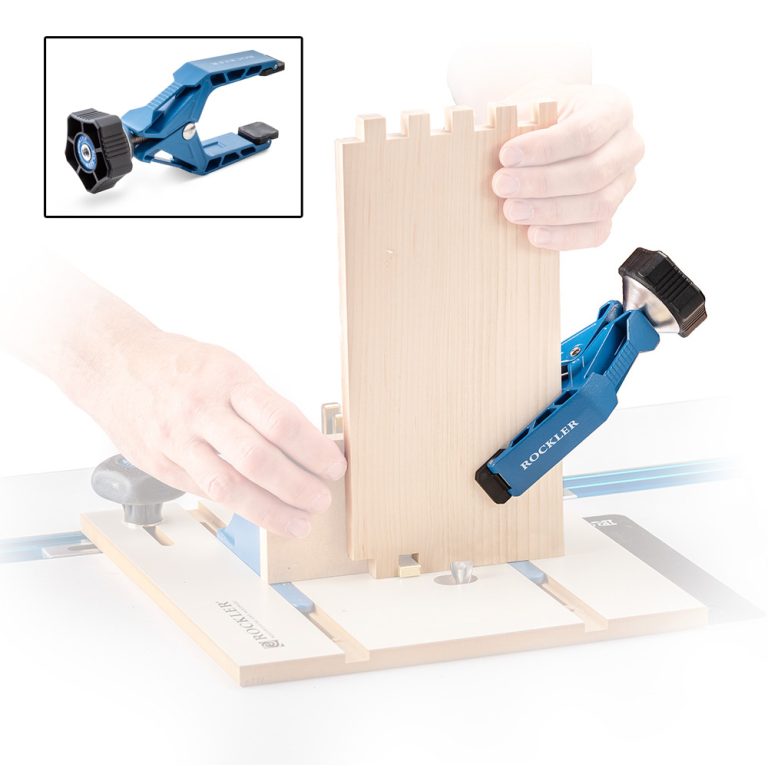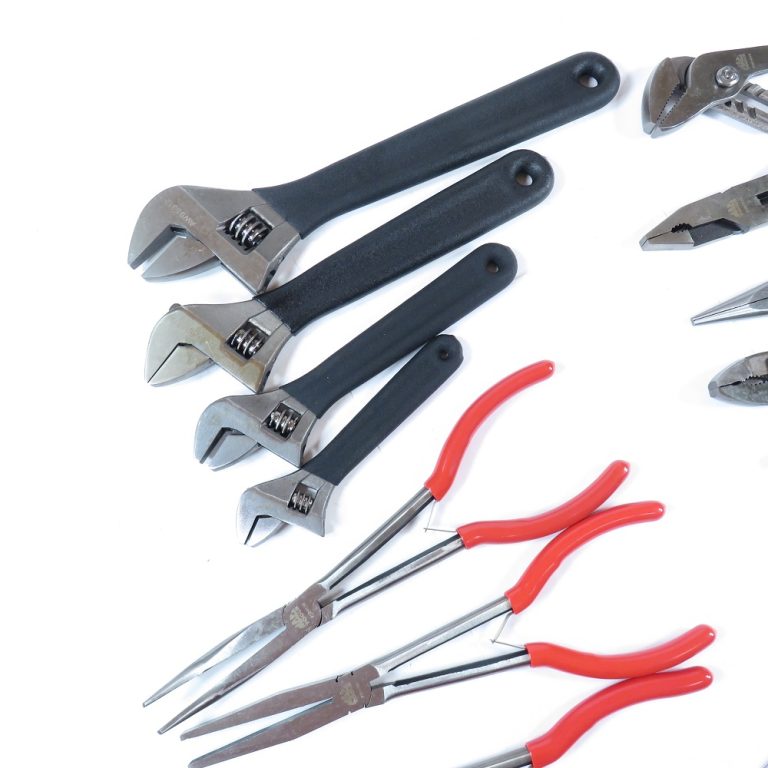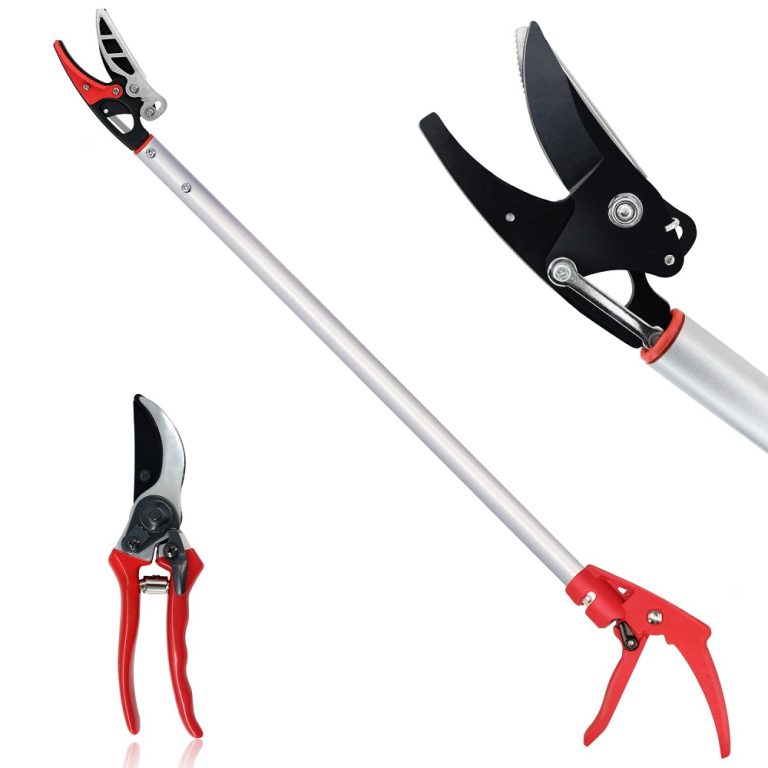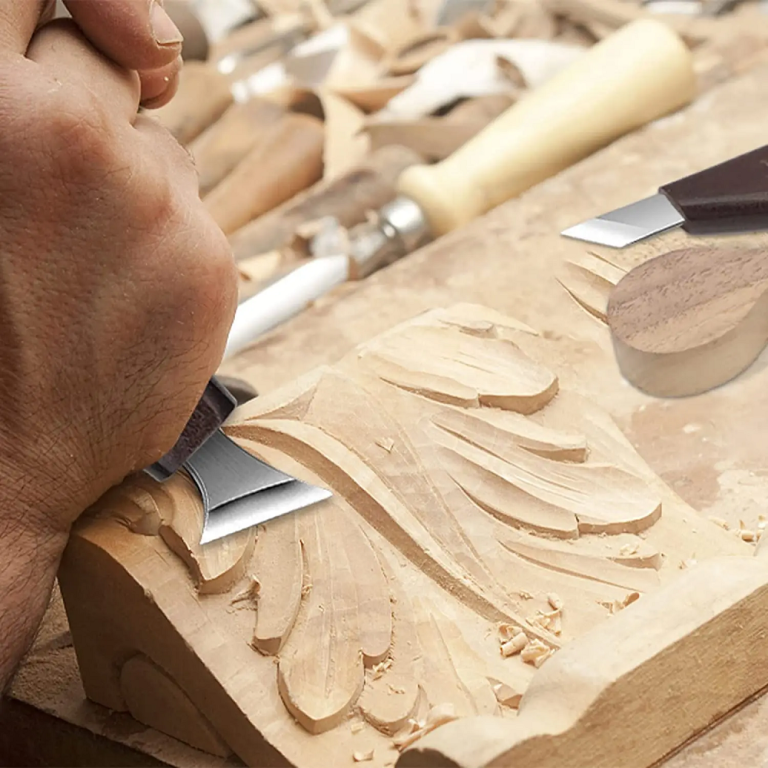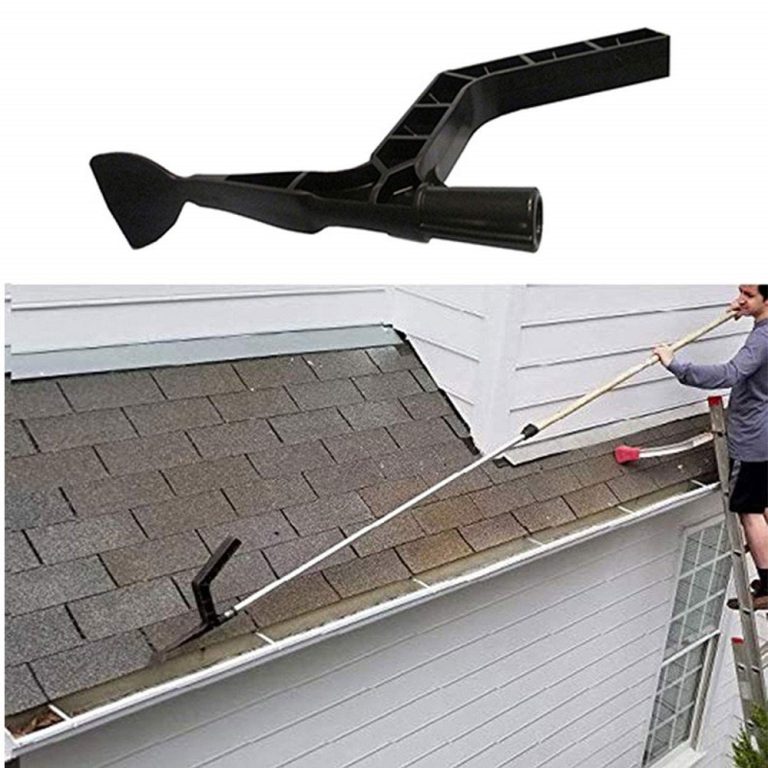Introduction to Power Tools
Power tools have revolutionized how tasks are carried out in construction and DIY projects. They save time, enhance precision, and boost efficiency compared to manual tools. Knowing the basics of power tools is essential for both beginners and professionals.
What Are Power Tools and Why Use Them?
Power tools are mechanical devices powered by electricity, batteries, or compressed air. They are commonly used in construction, woodworking, and home improvement projects. Examples include drills, saws, and nail guns.
Using power tools provides several advantages:
- Time Savings: Tasks are completed faster with automated power tools.
- Ease of Use: Less physical effort compared to manual tools.
- Precision: Power tools allow for accurate cutting, shaping, or drilling.
- Versatility: Many tools are designed for diverse applications.
Whether you’re a DIY enthusiast or a professional contractor, power tools simplify work and ensure better results.
Manual vs. Powered Tools: Key Differences
Manual tools require physical effort, while power tools rely on a mechanical source for operation. The main differences include:
- Effort Required: Manual tools demand more strength, while powered tools require minimal labor.
- Speed: Power tools work faster and more efficiently.
- Precision: Powered tools typically offer better precision and control.
- Complexity: Manual tools are simpler and may require only basic maintenance.
For smaller, detail-oriented tasks, manual tools often suffice. However, for larger projects or repetitive tasks, powered tools are the preferred choice. Selecting between the two depends on your project size, complexity, and desired efficiency.
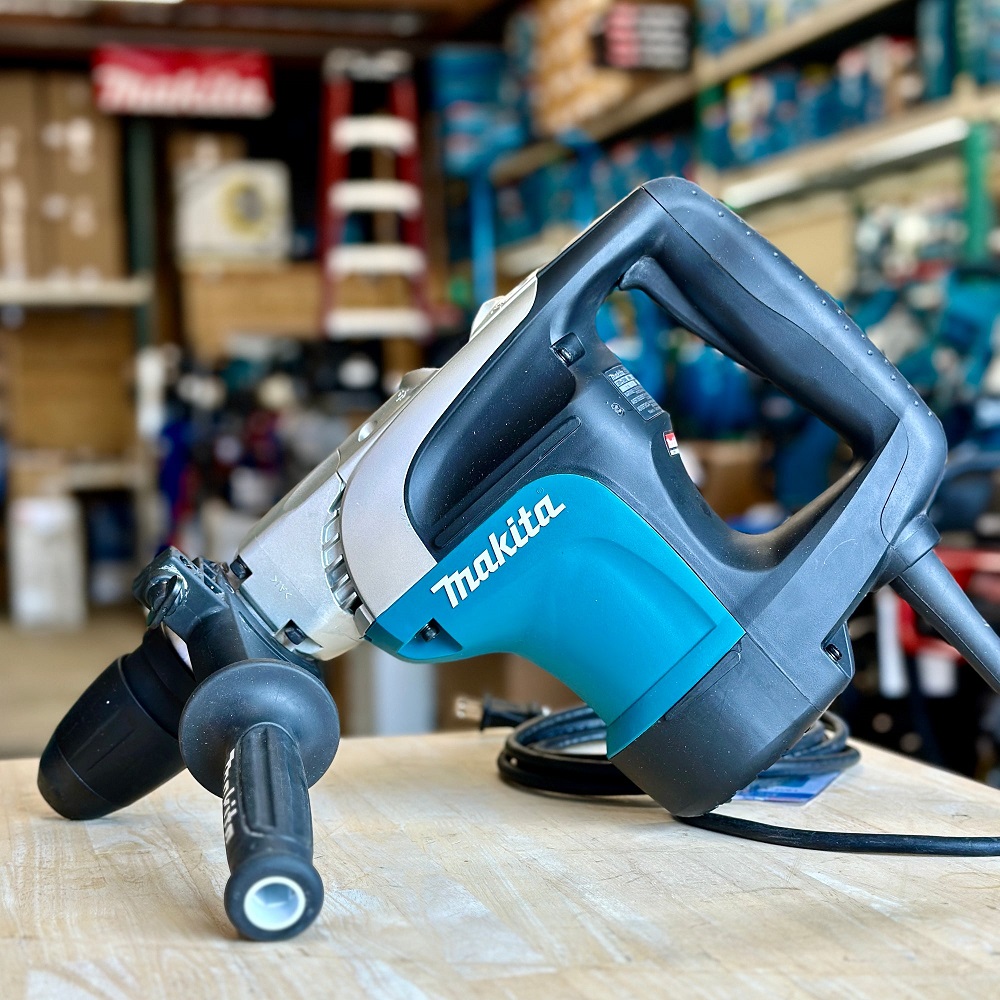
Common Types of Power Tool
Power tools come in various types, each designed for specific tasks. Choosing the right tool depends on the nature of your project. Below are some of the most commonly used types of power tools.
Drills and Drivers
Drills and drivers are versatile tools for construction and DIY projects. They are primarily used for boring holes and driving screws.
- Corded Drills: Perfect for tasks requiring consistent power and long usage.
- Cordless Drills: Offer flexibility and portability but rely on battery life.
- Impact Drivers: Deliver high torque, ideal for driving long screws and bolts.
Drills are essential for woodworking, metalworking, and other applications that require precision and speed.
Saws: Circular, Jigsaw, and Reciprocating
Saws are power tools designed to cut materials like wood, metal, and plastic.
- Circular Saws: Excellent for straight cuts in lumber and plywood.
- Jigsaw: Designed for complex, curved cuts and fine detailing.
- Reciprocating Saws: Strong and fast, perfect for demolition and rough cutting tasks.
Selecting the right saw ensures clean and accurate cuts for your project.
Sanders and Grinders
Sanders and grinders are used for finishing surfaces and shaping materials.
- Belt Sanders: Ideal for removing material quickly and smoothing rough surfaces.
- Orbital Sanders: Provide smooth finishes for woodworking and furniture-making.
- Angle Grinders: Perfect for cutting, grinding, and polishing metal surfaces.
These tools enhance the appearance and utility of your material after cutting or shaping.
Nail Guns and Staplers
Nail guns and staplers make fastening materials quick and efficient.
- Nail Guns: Drive nails into wood, metal, or concrete without manual effort.
- Staplers: Secure materials such as insulation, upholstery, or flooring.
These are essential tools for carpentry, roofing, and furniture-making projects.
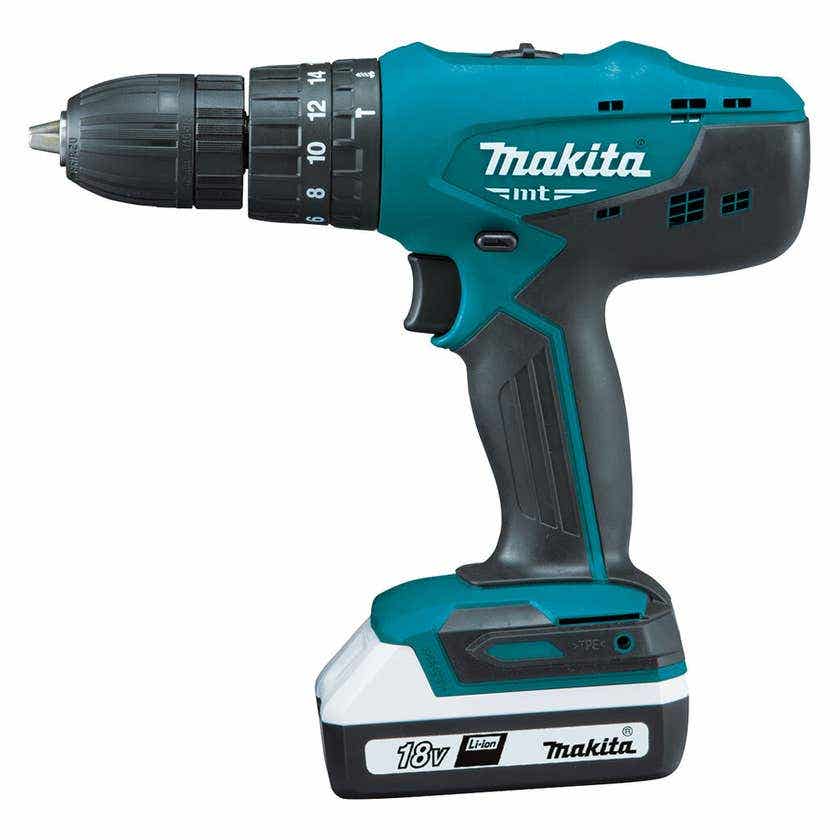
Choosing the Right Power Tool
Selecting the right power tools is crucial for successful and efficient work. The right tool depends on the project type, your budget, and the tool’s efficiency. Carefully considering these factors ensures better results and avoids unnecessary expenses.
Factors to Consider: Projects, Budget, and Efficiency
- Project Type:
- Match tools to tasks. For example, drills suit drilling holes, while sanders smooth surfaces.
- Specialized tools like jigsaws work better for complex shapes, while circular saws suit straight cuts.
- Budget:
- Decide your spending limits. High-end tools offer durability and features but cost more.
- Budget-friendly options can suffice for occasional home projects.
- Efficiency:
- Consider time savings and tool effectiveness. Powered tools finish tasks quickly and accurately.
- Evaluate the tool’s design for ease of use and reduced fatigue during extended work.
Considering these aspects helps you make informed buying decisions.
Corded vs. Cordless Power Tools
Power tools come in corded and cordless versions, each with unique benefits and downsides.
- Corded Tools:
- Unlimited power supply, suitable for long, heavy-duty tasks.
- Require constant access to a power outlet, limiting mobility.
- Cordless Tools:
- Portable and versatile due to battery operation.
- Battery life limits usage; additional batteries may be needed for extended tasks.
Choose corded tools for prolonged use and cordless tools for flexible, quick work.
Top Brands to Look For
When investing in power tools, brand reputation matters. Trusted brands ensure quality, durability, and customer support. Some top-rated brands include:
- DeWalt:
- Known for robust construction and wide variety.
- Offers great tools for both professionals and hobbyists.
- Makita:
- Renowned for innovative features and reliable performance.
- Excellent for cordless tools and battery technology.
- Bosch:
- Offers precision tools with German engineering quality.
- Ideal for detailed and advanced projects.
- Milwaukee:
- Popular for power and longevity in heavy-duty tasks.
- Includes advanced features like smart technology in tools.
By considering your needs and preferences, investing in the right power tools becomes easier.
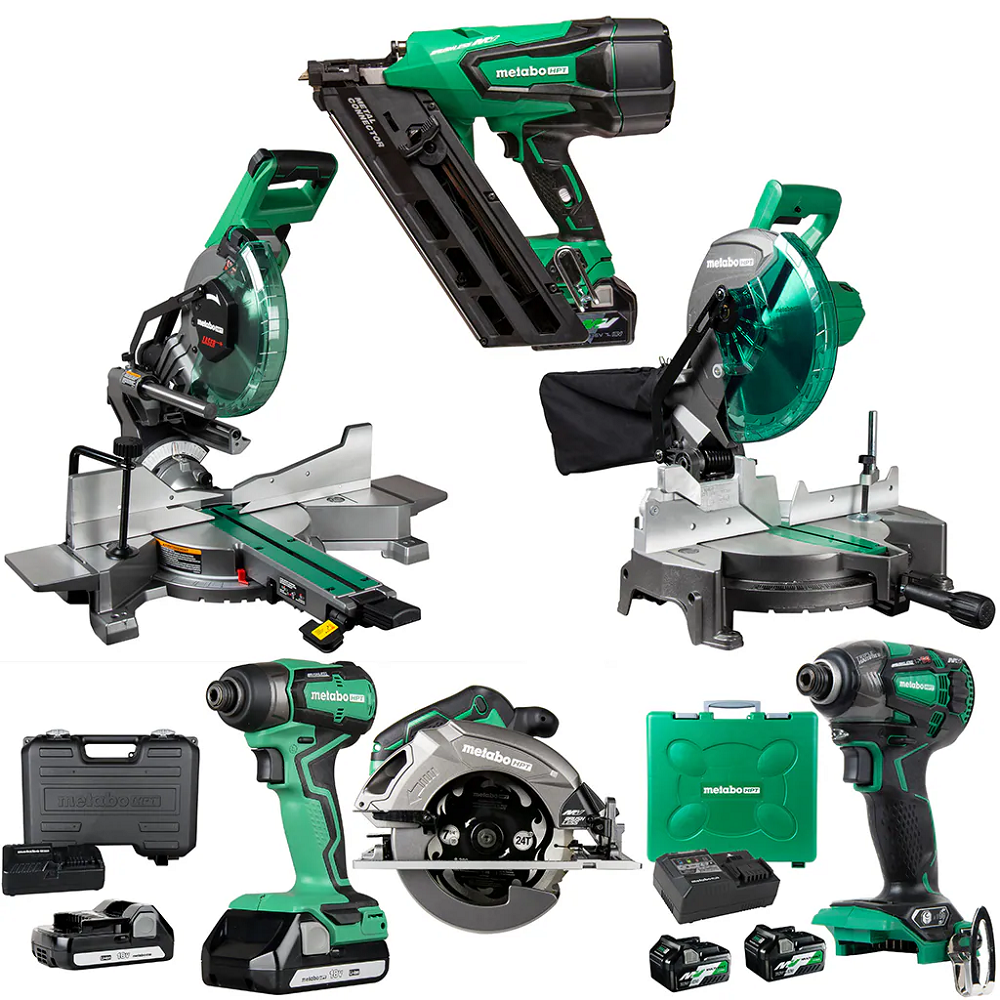
How to Use Power Tool Safely
Using power tools requires care and good practices. Safety should always come first. Following safety tips reduces accidents and injuries.
General Safety Guidelines
- Read the User Manual: Understand the tool’s features and proper operation.
- Check the Tool: Inspect for damage or defects before use.
- Use the Right Tool: Match the tool to the task.
- Avoid Distractions: Stay focused when operating power tools.
- Turn Off When Adjusting: Always unplug or turn off before making adjustments.
- Stay Alert: Avoid using tools when tired or under the influence of substances.
Importance of Wearing the Right Protective Gear
- Safety Glasses: Protect your eyes from flying debris.
- Ear Protection: Reduce risks from loud noise exposure.
- Gloves: Use sturdy gloves for better grip and hand protection.
- Mask or Respirator: Shield your lungs from dust or fumes.
- Steel-Toe Boots: Protect your feet from falling objects or sharp materials.
- Proper Clothing: Avoid loose clothes and tie back long hair to prevent entanglement.
Maintaining a Safe Work Area
- Clean Workplace: Keep the area free of clutter or obstacles.
- Good Lighting: Ensure the work area is adequately lit.
- Stable Work Surface: Use sturdy tables or benches to prevent equipment from moving.
- Secure Cords and Tools: Avoid tripping by organizing cords and keeping tools stored properly.
Practicing these safety measures ensures safer and more efficient use of power tools.
Maintenance and Care for Power Tool
Proper maintenance ensures your power tools last longer and perform effectively. A few simple practices can prevent wear and tear, saving costs on repairs or replacements.
Cleaning and Storage Tips
- Clean After Each Use: Remove dirt, dust, and debris with a brush or cloth.
- Avoid Water Damage: Use dry cloths and avoid any direct contact with water.
- Lubricate Moving Parts: Apply appropriate lubricants to avoid rust or friction issues.
- Store Tools Correctly: Keep tools in a dry and cool area, away from moisture.
- Use Cases: Store tools in their designated cases for added protection.
Regular Inspection for Wear and Tear
- Check Cords and Batteries: Inspect for cuts, frayed wires, or damaged batteries.
- Review Blades and Bits: Replace dull saw blades or drill bits to maintain precision.
- Test Functionality: Ensure the tool operates smoothly without unusual sounds or vibrations.
- Tighten Screws and Bolts: Check connections periodically to maintain stability and avoid loose parts.
- Follow Tool-Specific Checks: Refer to the manual for specific maintenance guidelines.
Extending the Life of Your Tools
- Operate Correctly: Use each tool only for its intended purpose.
- Avoid Overloading: Prevent strain by not overloading tools beyond their capacity.
- Utilize Protective Cases: Transport tools in sturdy cases for protection during travel.
- Store Batteries Safely: Avoid extreme temperatures to preserve battery life in cordless tools.
- Plan Repairs Early: Address minor issues promptly to prevent further damage.
Regular care helps keep your power tools reliable, safe, and efficient for all your projects.
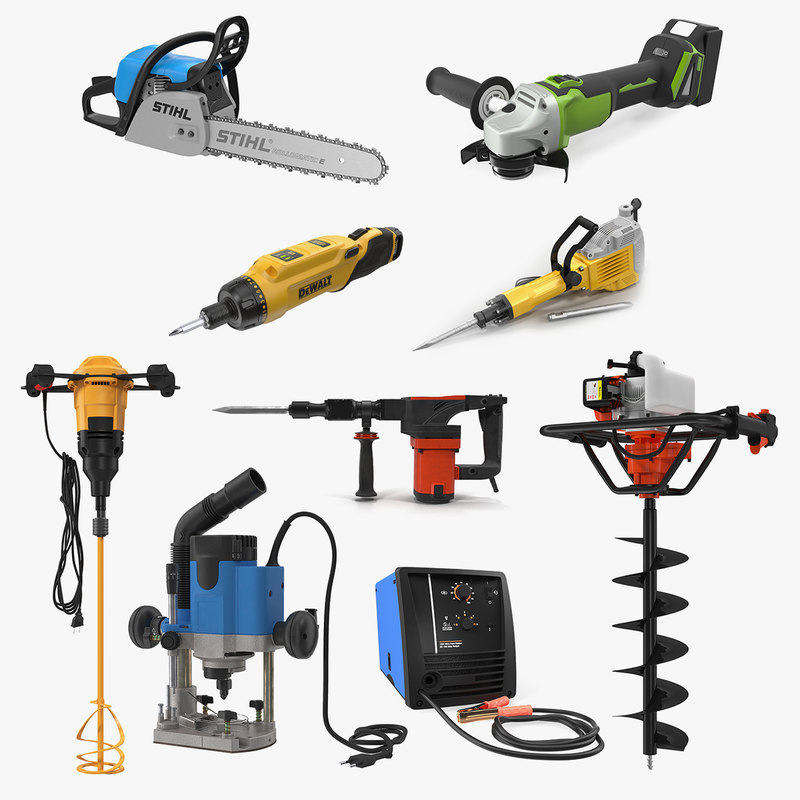
Must-Have Power Tool for Home and Professional Use
Power tools are essential for tasks at home and work. Having the right tools simplifies projects and delivers better results. Below are key tools for both DIY enthusiasts and professional contractors.
Essential Tools for DIY Enthusiasts
DIY enthusiasts need versatile and easy-to-use power tools. These tools can handle various home improvement tasks:
- Cordless Drill: Perfect for drilling holes and driving screws without hassle.
- Jigsaw: Ideal for cutting curved shapes in wood or other materials.
- Orbital Sander: Provides smooth finishes for furniture or woodwork projects.
- Stapler: Quickly secures materials like upholstery or decorations.
- Multi-Tool: Handles tasks like sanding, cutting, and scraping with one device.
These tools are lightweight, user-friendly, and fit well for smaller DIY projects.
Advanced Tools for Professional Contractors
Professional contractors require durable tools for heavy-duty and precise performance. Suitable tools include:
- Impact Driver: Delivers greater torque for fastening thick screws and bolts.
- Circular Saw: Excellent for cutting wood and other materials fast and accurately.
- Angle Grinder: Perfect for grinding, cutting, or polishing hard surfaces.
- Nail Gun: Speeds up nailing jobs, helpful in carpentry or roofing.
- Table Saw: Provides consistent, precise cuts for woodworking and construction.
These tools are designed for reliability and efficiency, making them valuable for complex projects.
Choosing tools based on your skill level and project needs ensures the right investment.
Tips for Maximizing Power Tool Performance
Maximizing the performance of power tools ensures efficient and precise results. Proper usage, regular maintenance, and awareness of common mistakes are essential. Below are key strategies to optimize the performance of your power tools.
Proper Use for Optimal Results
- Follow User Manuals: Read and follow the instructions provided with each tool.
- Select the Right Tool: Use tools specifically designed for the task at hand.
- Maintain Proper Settings: Choose correct speed, torque, and power settings for best results.
- Avoid Excessive Force: Let the tool do the work rather than applying pressure.
- Secure the Workpiece: Ensure materials are firmly secured to avoid errors or accidents.
- Perform Test Cuts or Drills: Test tools on scrap materials to achieve desired accuracy.
Using tools correctly helps improve both performance and safety.
Best Practices for Battery-Powered Tools
- Charge Batteries Properly: Follow charging guidelines and avoid overcharging batteries.
- Store Batteries Safely: Keep them in dry, temperature-controlled environments when not in use.
- Rotate Batteries: Use multiple batteries alternately to extend their life.
- Monitor Battery Levels: Avoid completely draining the battery to preserve its functionality.
- Use Compatible Batteries: Stick to the brand and model recommended for your tool.
- Avoid Using Damaged Batteries: Replace batteries showing signs of leakage or overheating.
Efficient battery usage preserves power and enhances portability.
Avoiding Common Mistakes
- Using the Wrong Tool: Match tools to their intended task to prevent damage.
- Skipping Maintenance: Clean and inspect tools regularly to avoid performance issues.
- Ignoring Safety Gear: Always use protective equipment while handling power tools.
- Overloading Power Tools: Avoid pushing tools beyond their capacity to prevent wear.
- Working in Poor Conditions: Ensure bright lighting and a clean workspace.
- Neglecting Blade or Bit Sharpness: Regularly sharpen cutting tools for clean, accurate results.
Being cautious and informed prevents errors and extends tool longevity.
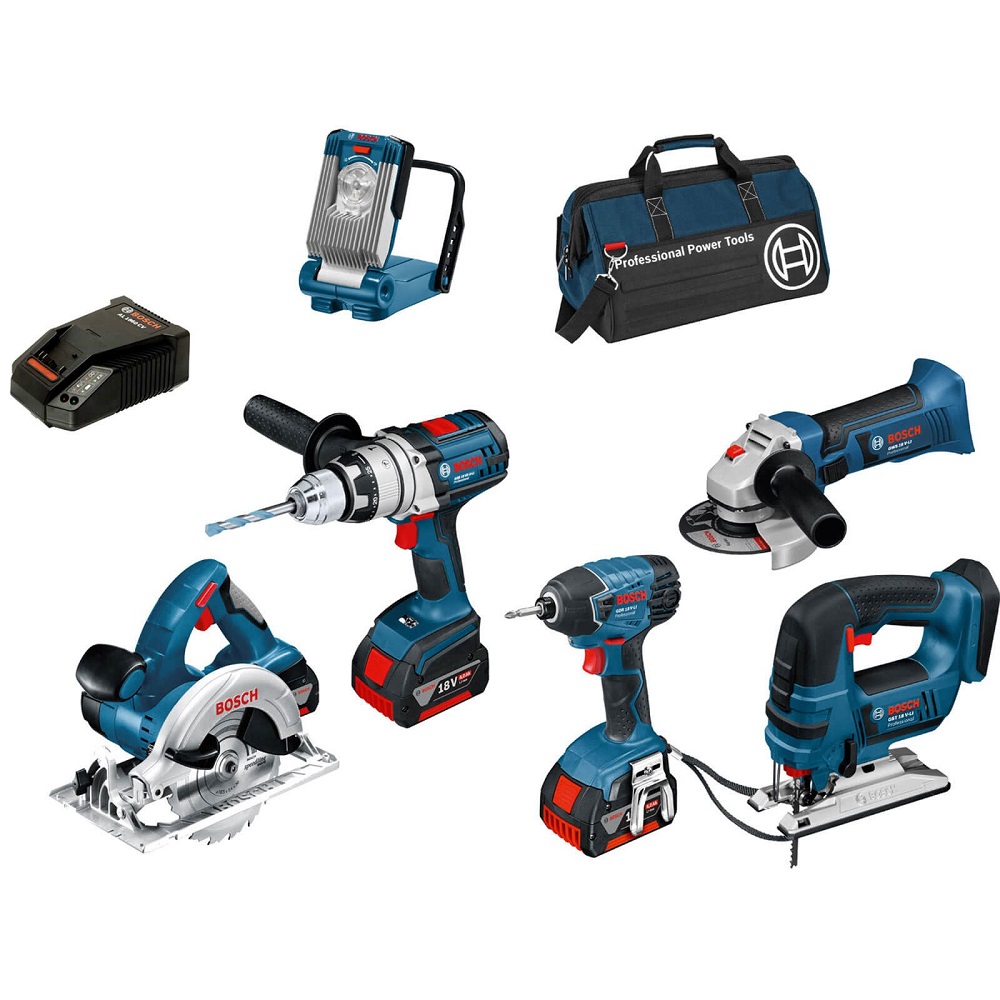
Conclusion
Benefits of Investing in Quality Power Tools
Investing in high-quality power tools offers many benefits for both personal and professional use:
- Improved Efficiency: Complete tasks faster compared to manual tools, saving both time and energy.
- Enhanced Precision: Achieve accurate and consistent results, especially in complex projects.
- Cost Savings: Durable tools reduce the need for frequent replacements or repairs.
- Versatility: Handle a wide range of projects with multifunctional power tools.
- Ease of Use: Simplify tough jobs with designs focused on user comfort and reduced fatigue.
Quality power tools ensure better outcomes, making them a smart long-term investment.
Next Steps for Beginners and Enthusiasts
Getting started with power tools doesn’t have to be overwhelming. Follow these steps:
- Start Small: Begin with essential tools like a drill or a jigsaw for simple projects.
- Research and Learn: Study user manuals, online resources, or attend workshops for hands-on experience.
- Practice Safety: Use protective gear like gloves, glasses, and masks to avoid accidents.
- Set Up a Workspace: Create a clean, well-lit area for working with your tools.
- Expand Gradually: Add more advanced tools as your confidence and skills grow.
- Join a Community: Engage with DIY forums or local groups to share tips and gain advice.
By starting small and prioritizing safety, you can master power tools over time.
